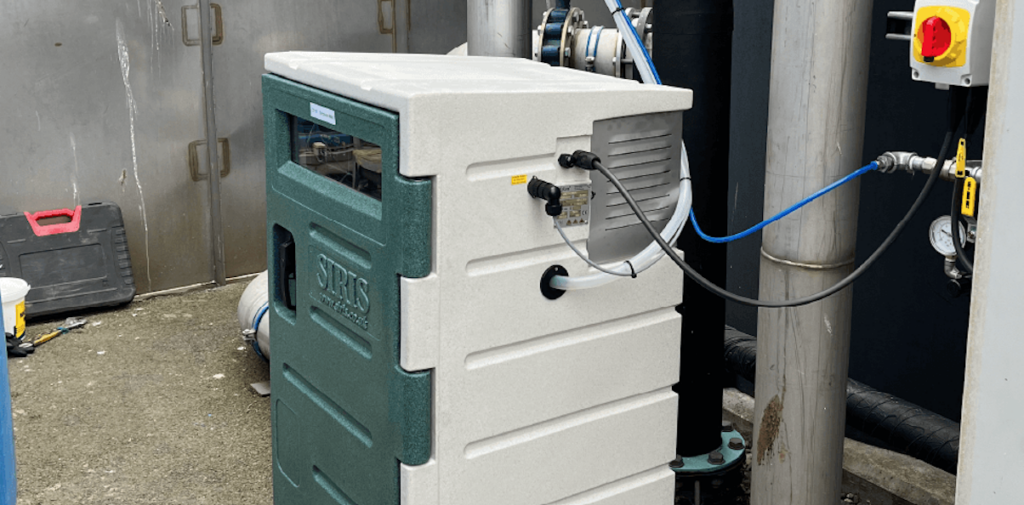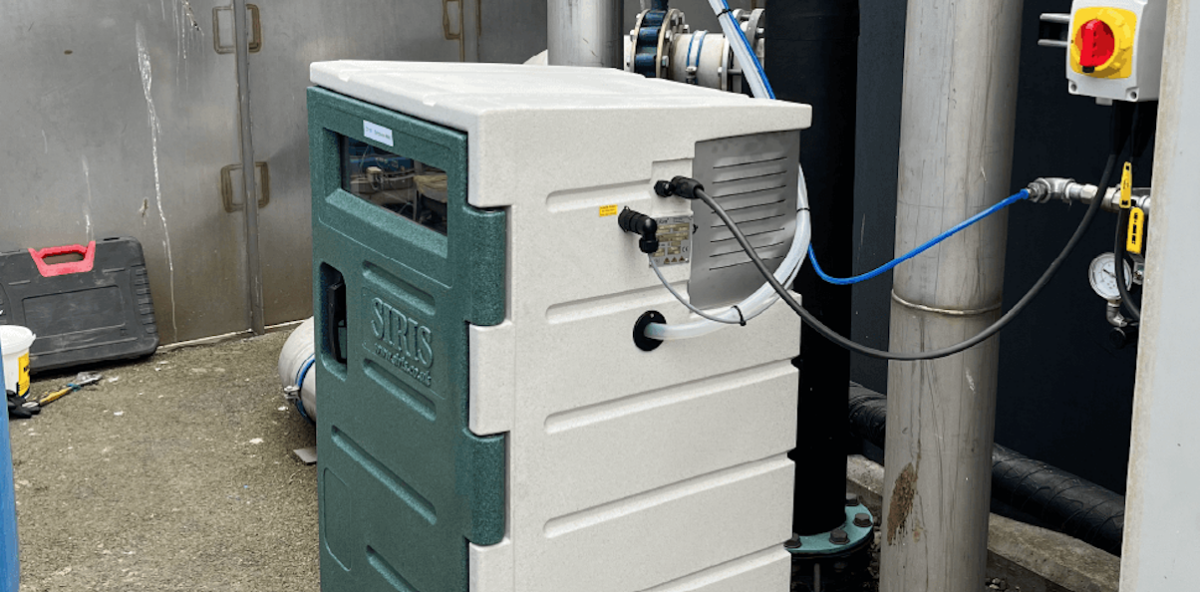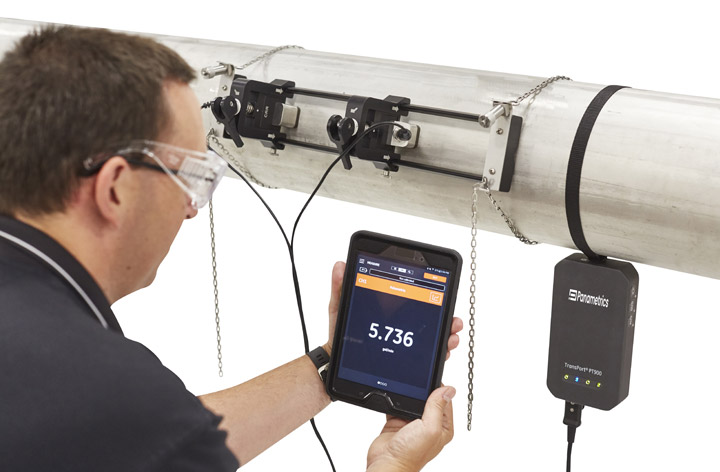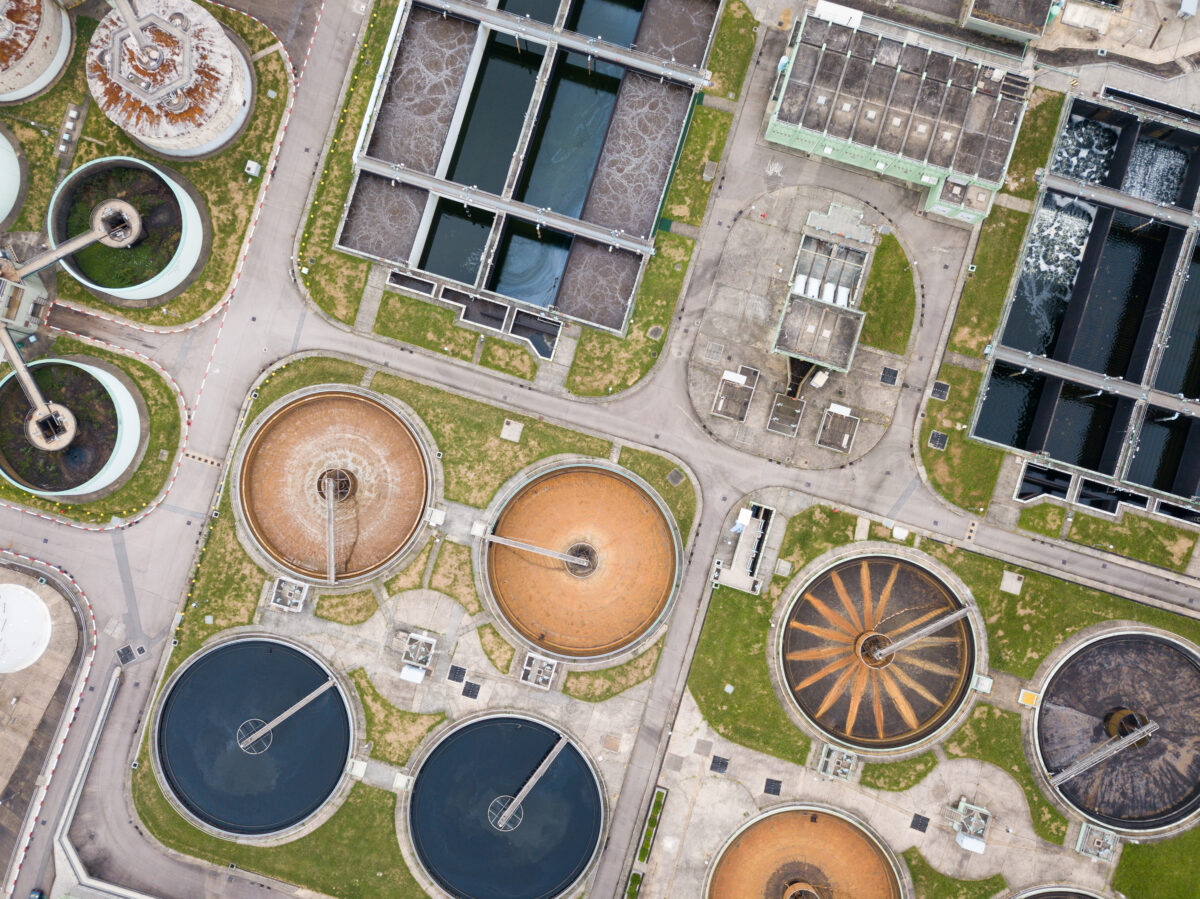What is wastewater sampling and why is it important?
Anthony Arnott
on
August 6, 2024
What is wastewater sampling and why is it important?
With an ever-growing concern for environmental science and public health, the sampling of wastewater plays an important part in how companies and organisations can monitor their liquid flow. Not only is it imperative to assess how harmful their effluent discharge can be to the local communities’ health and the environment, but effective wastewater sampling also allows companies to comply with their own permit regulations.
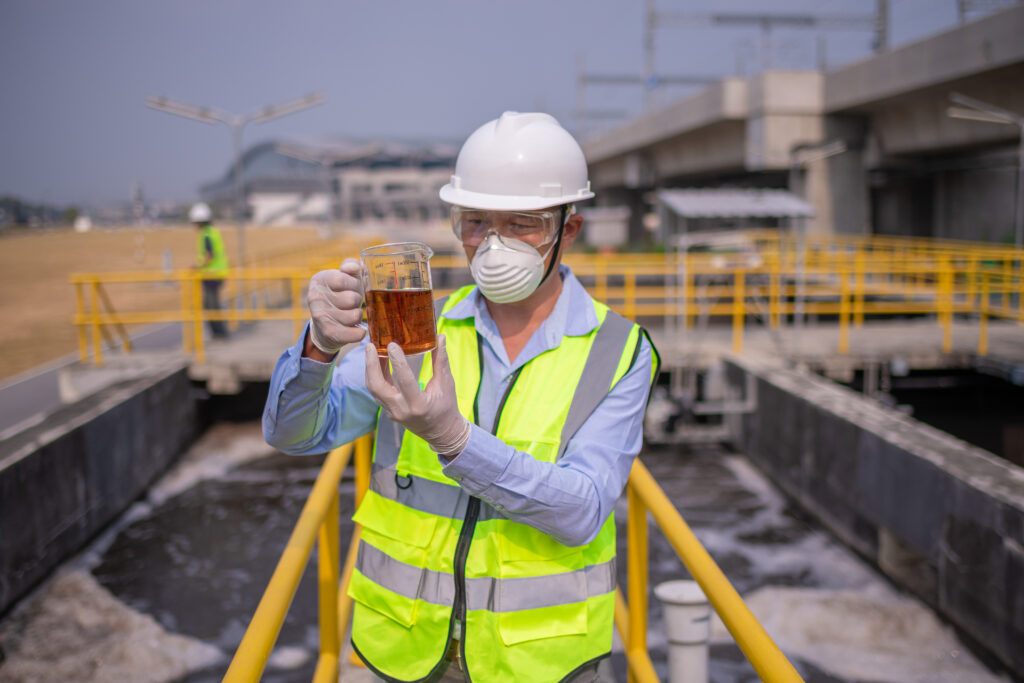
What is wastewater sampling?
Organisations within industries such as food and drink production, chemical manufacturing and engineering produce wastewater emissions, including sewage and trade effluent. Industrial wastewater sampling is the collection of water that is then assessed to provide an accurate picture of how harmful – or safe – the discharge from any given organisation is. By analysing it for its levels of pH, conductivity and alkalinity, as well as physical properties such as its colour, it can be ascertained as to whether the wastewater is damaging to both humans and the environment.
Many businesses need a consent to discharge, which is essentially permission to release wastewater into surface waters. This is so that the liquid waste released can be easily monitored by water authorities, who then ensure its strength, volume and content is kept within the legal limit.
Why is wastewater sampling important?
As effluent discharge can be potentially harmful, each organisation must comply to regulations, including Monitoring Certification Schemes (MCERTS), issued by the Environment Agency. They may also be compliant to rulings from their own local water authorities. Find out more here.
Both ruling bodies set out a consent to discharge, which will include factors such as the maximum amount of effluent discharge and daily volume rates. Each organisation will have different stipulations, based on the amount of wastewater they discharge, so when it comes to sampling, the consent to discharge can change if it’s deemed that that the organisation is producing more effluent than first assessed.
By monitoring and acting on the amount of sewage and wastewater being discharged, risk to the public’s health and the environment can be significantly reduced.
From an environmental point of view, it is also imperative to assess what is the Biochemical Oxygen Demand (BOD) and Chemical Oxygen Demand (COD) of trade effluent so that it does not have a detrimental impact on aquatic life, once it is discharged into rivers or lakes, while also measuring its oxygen levels.
How to gain effective and efficient wastewater data
While many organisations self-monitor their own trade effluent, they can still be subject to spot checks and MCERTS inspections to determine that sampling is being carried out effectively and to also calculate final water treatment costs. To reduce costs and downtime, industrial and commercial organisations can invest in their own on-site wastewater sampling system that provides comprehensive and consistent data. At SIRIS Environmental, we offer a host of wastewater samplers that suit all types of pipe flow (open channel and closed pipe) that can assess its quality, provide accurate data to both the Environment Agency and water authorities, while also reducing costs.
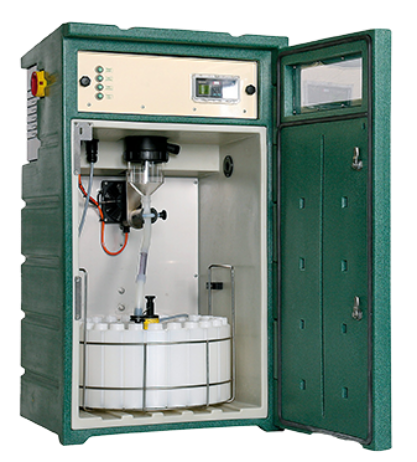
What wastewater samplers can SIRIS Environmental provide?
Our most popular wastewater sampler is the SIRIS Efconomy, a refrigerated multi-bottle open channel vacuum that’s been designed to provide sampling for the long-term, while the SIRIS Guillotine Inline Sampler is specifically designed for enclosed pipe systems. In this instance, a head unit is easily fixed onto the pipeline, taking the sample directly from the pipe. MCERTS compliant, these samplers are compatible with data recording software, allowing for easy and efficient access to up-to-the-minute data.
